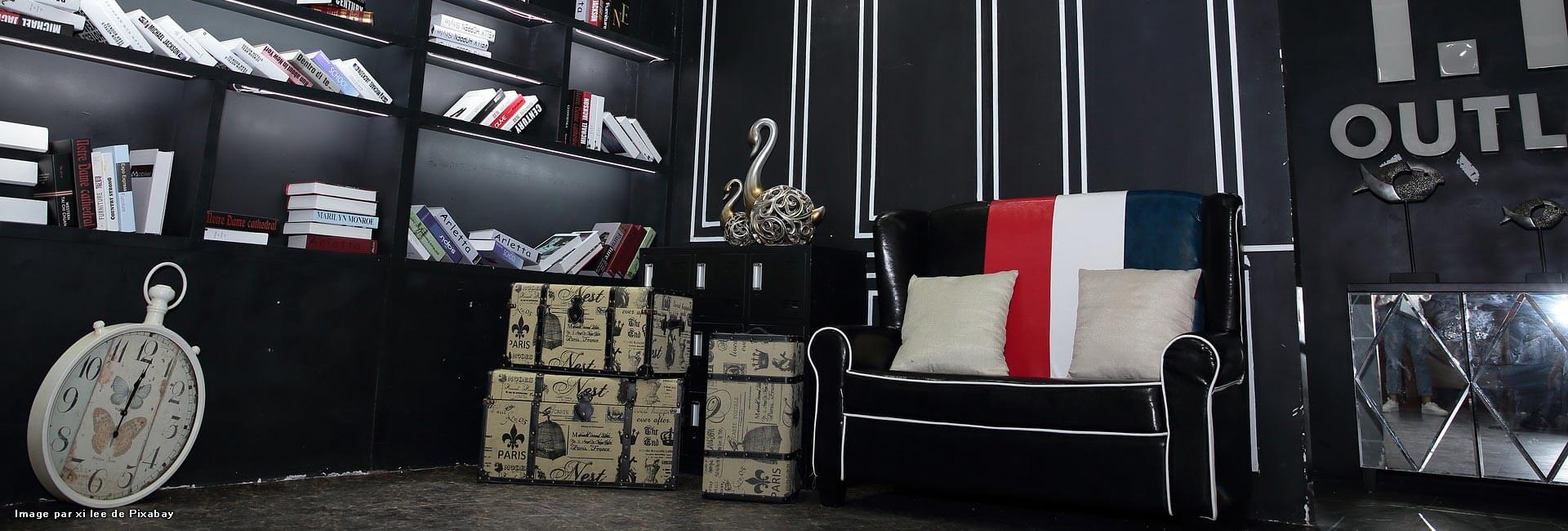London Plumbers, Plumbing in London, 24 Hour Plumber London https://en.wikipedia.org/wiki/Plumbing
Plumbing in London Expert Plumbers!
Plumbing (which comes from the Latin word plumbum, which suggests lead, as pipes were once made from lead) is the job of working with pipes, tubing and plumbing fixtures for drinking water systems and getting cleared of waste. A plumber is somebody who puts or fixes in plumbing fixtures, piping systems and equipment like water heaters. Many plumbers are construction workers. The plumbing industry is an important part of every developed economy because people need clean water and safe ways to move and store waste.[1]
Plumbing refers to a system of fixtures and pipes put in a building to move the and water get cleared of waste that's in water. Plumbing is different from sewage and water systems because plumbing system serves one building, while water and sewage systems serve a group of buildings or a city.
Contents [hide]
1 History
2 Materials
3 Regulation
4 References
History[change | change source]
Roman lead pipe with a folded seam, at the Roman Baths in Bath, England
Until modern cities grew in the 19th century., plumbing was very rare At about the same time, public health leaders began wanting better systems to get cleared of waste. Before this, people got rid of waste by dumping it onto the ground or into rivers and collecting it. However, there were some plumbing pipes in the city settlements of the Indus Valley Civilization by 2700 B.C.[2] Plumbing was also used during the ancient civilizations such as the Greek, Roman, Persian, Indian, and Chinese civilizations as they built public baths and needed drinking water, and somewhere to drain waste. The Romans used pipe inscriptions to stop people from stealing water.
These systems didn't improve much over the years. There were almost no improvements from the time of the Roman aqueducts and sewers until the 19th century. Eventually open sewage ditches were got rid of by the development of separate, underground water and sewage systems and cesspools. Most large cities today send solid wastes through pipes to sewage treatment plants. Treatment makes the water more pure before it goes into streams or other bodies of water and separates water from waste. Most places stopped for drinking water after World War II because of the dangers of lead poisoning using lead. At this time, copper piping was started because it was safer than using lead pipes.[3]
Materials[change | change source]
Water systems in ancient times used gravity to move water. They used pipes or channels made of clay, lead, bamboo or stone. Today, water-supply systems use a network of high-pressure pumps, and pipes are now made of copper,[4] brass, plastic, or other nontoxic material. Vent and drain lines are made of plastic, steel, cast-iron, and lead. Lead is not used in pipes today because it can be poisonous.[5][6][7]
Piping being placed for a sink
For working on fittings and pipes plumber wrench
The 'straight' sections of plumbing systems are of tube or pipe. Where a tube is made through extrusion, a pipe is made by casting or welding. Pipe usually has thicker walls and may be threaded or welded, where tubes have thinner walls, and needs special joining techniques for example 'brazing', 'compression fitting', 'crimping', or for plastics, 'solvent welding'.
Along with the straight pipe or tubing, many fittings are required in plumbing systems, for example valves, elbows, tees, and unions.
Plumbing fixtures are designed. Some examples of fixtures include water closets (also known as toilets), urinals, bidets, showers, bathtubs, utility and kitchen sinks, drinking fountains, ice makers, humidifiers, air washers, fountains, and eye wash stations.
https://en.wikipedia.org/wiki/Piping_and_plumbing_fitting
London Plumbers, Plumbing in London, 24 Hour Plumber London
-
- Davidtiz
Répondre à ce message





